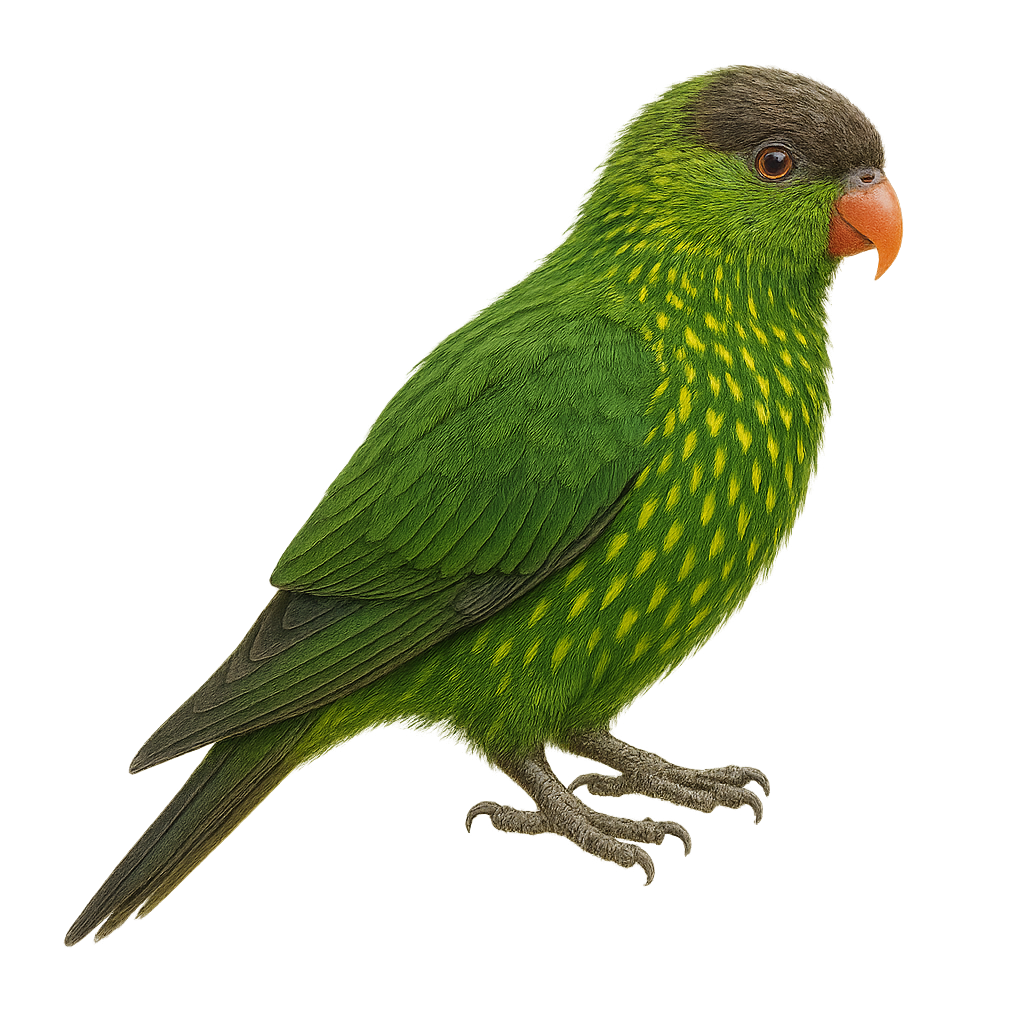Your wildlife photography guide.
Explore the striated lorikeet in detail, study its behavior, prepare your shots.
Where to observe and photograph the striated lorikeet in the wild
Learn where and when to spot the striated lorikeet in the wild, how to identify the species based on distinctive features, and what natural environments it inhabits. The WildlifePhotographer app offers tailored photography tips that reflect the striated lorikeet’s behavior, helping you capture better wildlife images. Explore the full species profile for key information including description, habitat, active periods, and approach techniques.
Striated Lorikeet
Scientific name: Charmosyna multistriata

IUCN Status: Near Threatened
Family: PSITTACIDAE
Group: Birds
Sensitivity to human approach: Suspicious
Minimum approach distance: 10 m
Courtship display: October to November
Incubation: 20-22 jours
Hatchings: October to December
Habitat:
Tropical forests, rainforests, lowland areas
Activity period :
Primarily active during the day, with peak activity in the morning and late afternoon.
Identification and description:
The Striated Lorikeet, Charmosyna multistriata, is a small, colorful parrot native to the tropical forests of New Guinea. This lorikeet is distinguished by its bright green plumage adorned with fine red and yellow stripes on its belly, and a vivid orange beak. It measures about 18 cm in length and weighs between 30 and 40 grams. Its natural habitat includes lowland and mid-altitude rainforests, where it primarily feeds on nectar, pollen, and fruits. Although its conservation status is concerning due to deforestation, it remains relatively common in some areas. The Striated Lorikeet is known for its sociability and tendency to move in small, noisy groups.
Recommended lens:
400 mm – adjust based on distance, desired framing (portrait or habitat), and approach conditions.
Photography tips:
To photograph the Striated Lorikeet, it is advisable to use a telephoto lens of at least 400mm to capture detailed images without disturbing the bird. Look for tropical forest areas where these birds are active, usually in the morning or late afternoon. Be patient and discreet, as although these birds are sociable, they can be suspicious of humans. Use a tripod to stabilize your camera and adjust ISO settings to compensate for low light under the dense canopy.
The WildlifePhotographer App is coming soon!
Be the first to explore the best nature spots, track rutting seasons, log your observations, and observe more wildlife.
Already 1 449 wildlife lovers subscribed worldwide

